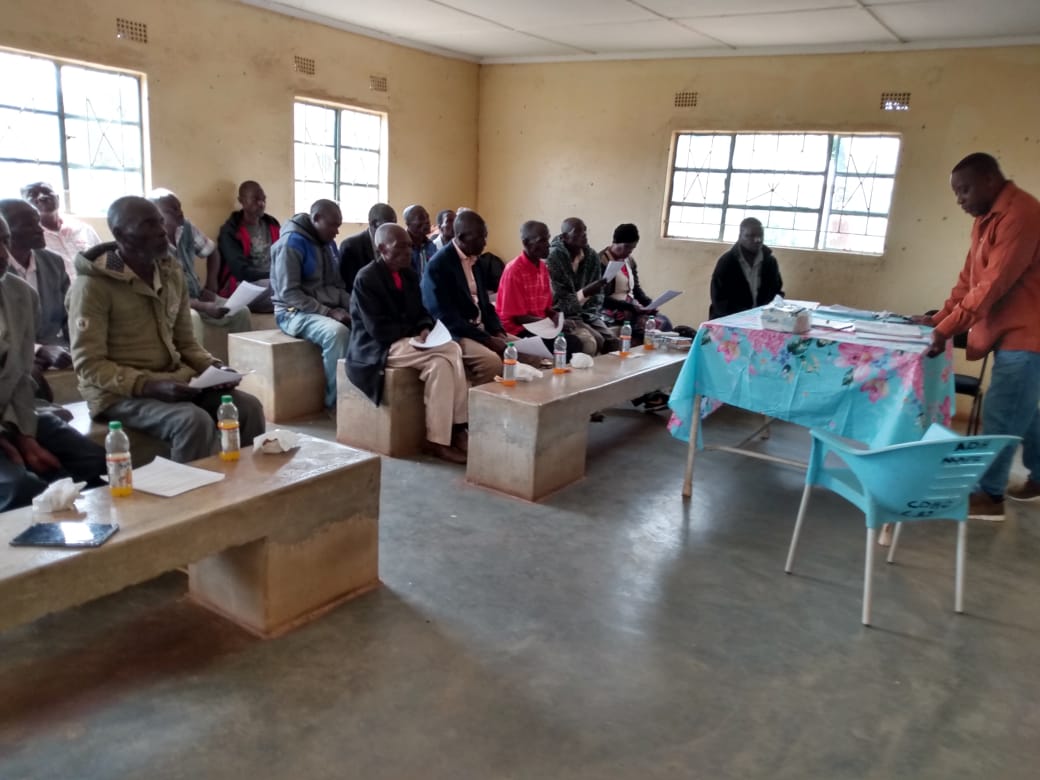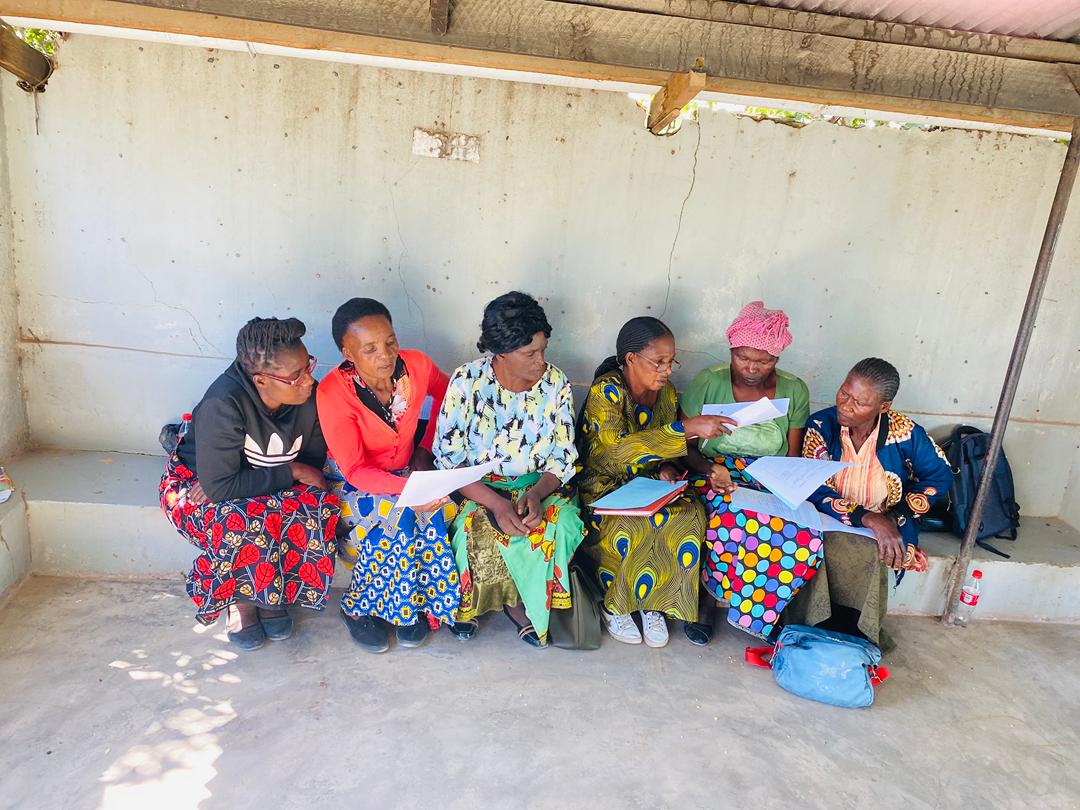
Across all sites, one request stood out: "use our language". Community members asked that scientific terms like “extreme weather events” be translated into Chitonga and explained using local examples. This wasn’t a side issue; it was key to trust. When “flood,” “heatwave,” or “drought” are explained in local terms, the study becomes clear, relatable, and easier to engage with.

Each site brought its own realities:
Engagement meetings were held with disaster management committees, community leaders, health workers, youth, and CBOs, allowing focused discussions relevant to each group.
The sessions introduced the Community Climate Change Forum (CCCF) concept, a local platform for coordination, communication, and adaptation planning. Communities actively shaped its design.
They proposed clear criteria for CCCF members: literacy, integrity, neutrality, local presence, and ability to communicate technical information in both English and Chitonga. Representation from women, youth, and faith leaders was emphasised, particularly in Masuku and Mapanza.
In Shampande, participants recommended a two-tier structure:

Faith institutions emerged as key partners for community communication. Short Chitonga scripts and introductory letters were distributed to 20 churches and mosques per site, ensuring accurate information reached large audiences.
Environmental Health Technicians (EHTs) and Ward Development Committees were recognised as central connectors in each catchment, though many noted the need to formalise stakeholder registers, which is a task now underway with ASTRA support.
Communities welcomed ASTRA but made expectations clear:
They also asked that researchers be formally introduced through local leadership, including headmen, NHC chairpersons, and local MPs, to strengthen transparency and collaboration.

Beyond introducing the study, participants called for support to develop local climate action plans, simple, community-led strategies for adaptation and risk reduction. The CCCFs will lead this process, working with EHTs, NGOs and disaster management units.
Short training sessions and climate awareness orientations are planned for CCCF members, using local facilitators who have already received climate-related training.
The ASTRA community engagement process reinforced a central principle: climate resilience depends on local ownership. When communities understand the work, see their values reflected, and are part of decision-making, research becomes collaboration, not observation.
Zambart, together with local partners, will continue to support this work, turning early engagement into lasting climate resilience across Zambia’s communities.
Written by Steve Belemu (Zambart)